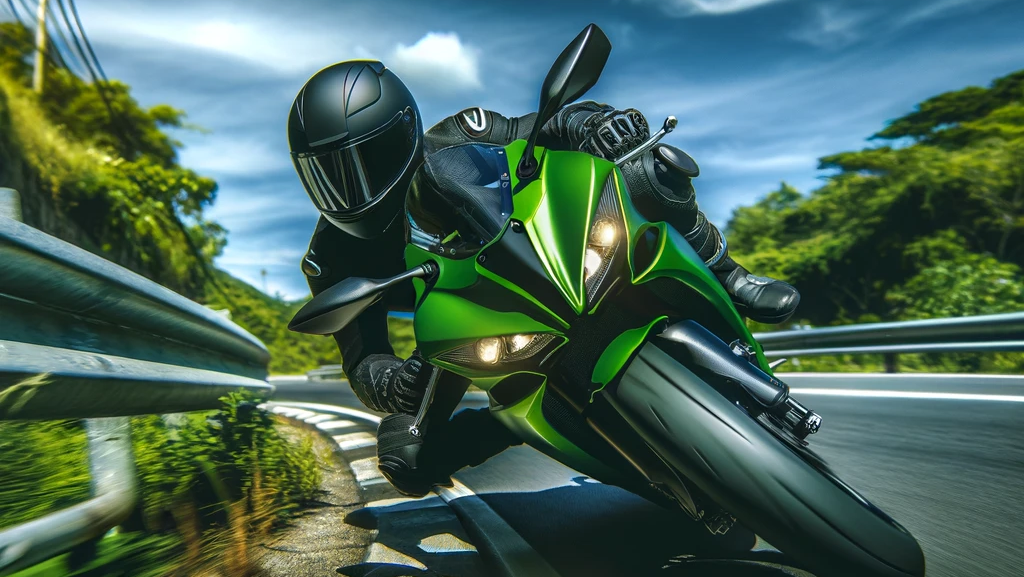Moto Guzzi, one of the most iconic names in motorcycling, has reached a significant milestone – 100 years of innovation, adventure, and resilience. Join us as we delve into the captivating history of this legendary brand, exploring its ups and downs and its remarkable contributions to the world of biking.
The Early Years: Laying the Foundation
Founded in 1921 by Carlo Guzzi and Giorgio Parodi, Moto Guzzi began its journey in Mandello del Lario, Italy. The company’s first model, the Normale, set the stage for a legacy of engineering excellence and design innovation. With its horizontal single-cylinder engine, the Normale showcased Moto Guzzi’s commitment to creating reliable and efficient motorcycles.
The Golden Era: Post-War Success
The post-World War II era marked a golden period for Moto Guzzi. The brand gained international recognition with models like the Guzzino, a lightweight 65cc bike that became immensely popular. In 1950, the company introduced the Falcone, which boasted a 500cc engine and quickly became a favorite among enthusiasts.
During the 1950s, Moto Guzzi dominated the racing scene, securing numerous victories in prestigious competitions. Their success in racing not only boosted the brand’s reputation but also led to technological advancements that would benefit their production models.
Innovations and Challenges: The 1960s and 70s
The 1960s brought significant technological advancements for Moto Guzzi. The company introduced the V7, the first Italian motorcycle equipped with a transverse V-twin engine and shaft drive. This innovation set a new standard in the industry and remains a hallmark of Moto Guzzi’s engineering prowess.
However, the 1970s presented challenges. The global oil crisis and economic downturn affected motorcycle sales worldwide. Despite these hurdles, Moto Guzzi continued to innovate, developing the Le Mans series, which gained a cult following for its performance and style.
Revival and Resilience: The 1980s and 90s
Facing financial difficulties, Moto Guzzi underwent several ownership changes during the 1980s. However, the brand’s resilience shone through. New models like the California, inspired by American cruisers, helped revive the company’s fortunes. The California series became a symbol of Moto Guzzi’s ability to blend Italian craftsmanship with international appeal.
The 1990s saw further innovation with the introduction of fuel injection systems and advanced braking technology. Moto Guzzi continued to build on its legacy while adapting to modern demands.
The New Millennium: Embracing Modernity
Entering the 21st century, Moto Guzzi embraced modernity while staying true to its heritage. The company introduced models like the Griso and the Stelvio, which combined classic design elements with contemporary technology. In 2004, Moto Guzzi became part of the Piaggio Group, ensuring financial stability and access to new resources.
Under Piaggio’s ownership, Moto Guzzi expanded its lineup and improved its global reach. The V7 series was reintroduced, paying homage to the original while incorporating modern features. The company’s commitment to quality and innovation continued to attract a new generation of riders.
Celebrating 100 Years: A Legacy of Passion
In 2021, Moto Guzzi celebrated its centennial anniversary, marking 100 years of passion, innovation, and resilience. Special edition models and events commemorated this milestone, highlighting the brand’s rich history and its enduring impact on the motorcycling world.
Moto Guzzi’s journey over the past century is a testament to its ability to adapt and thrive amidst changing times. From its early days in Mandello del Lario to its current status as a global icon, Moto Guzzi has remained a symbol of Italian excellence and a beloved name among motorcycle enthusiasts.

